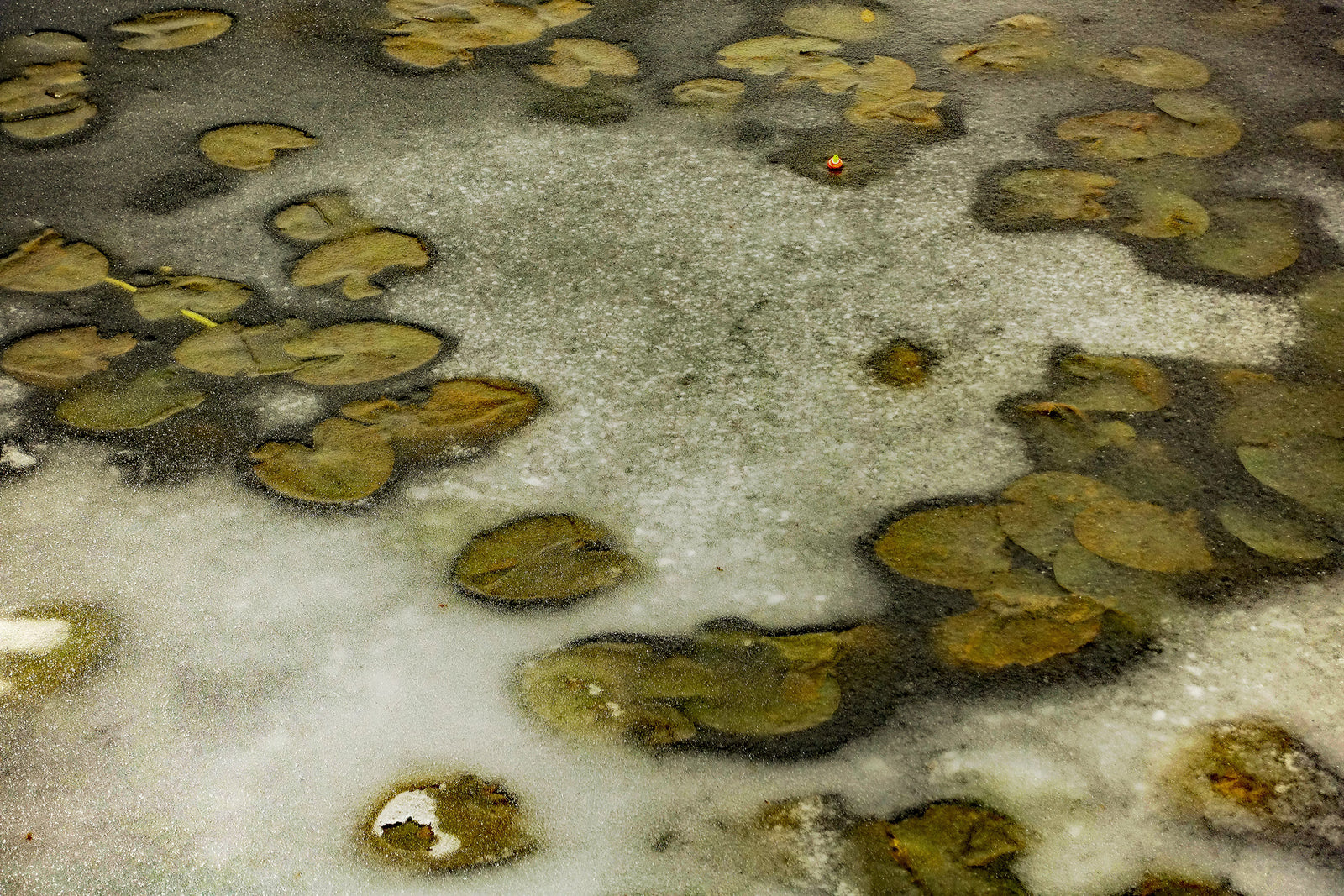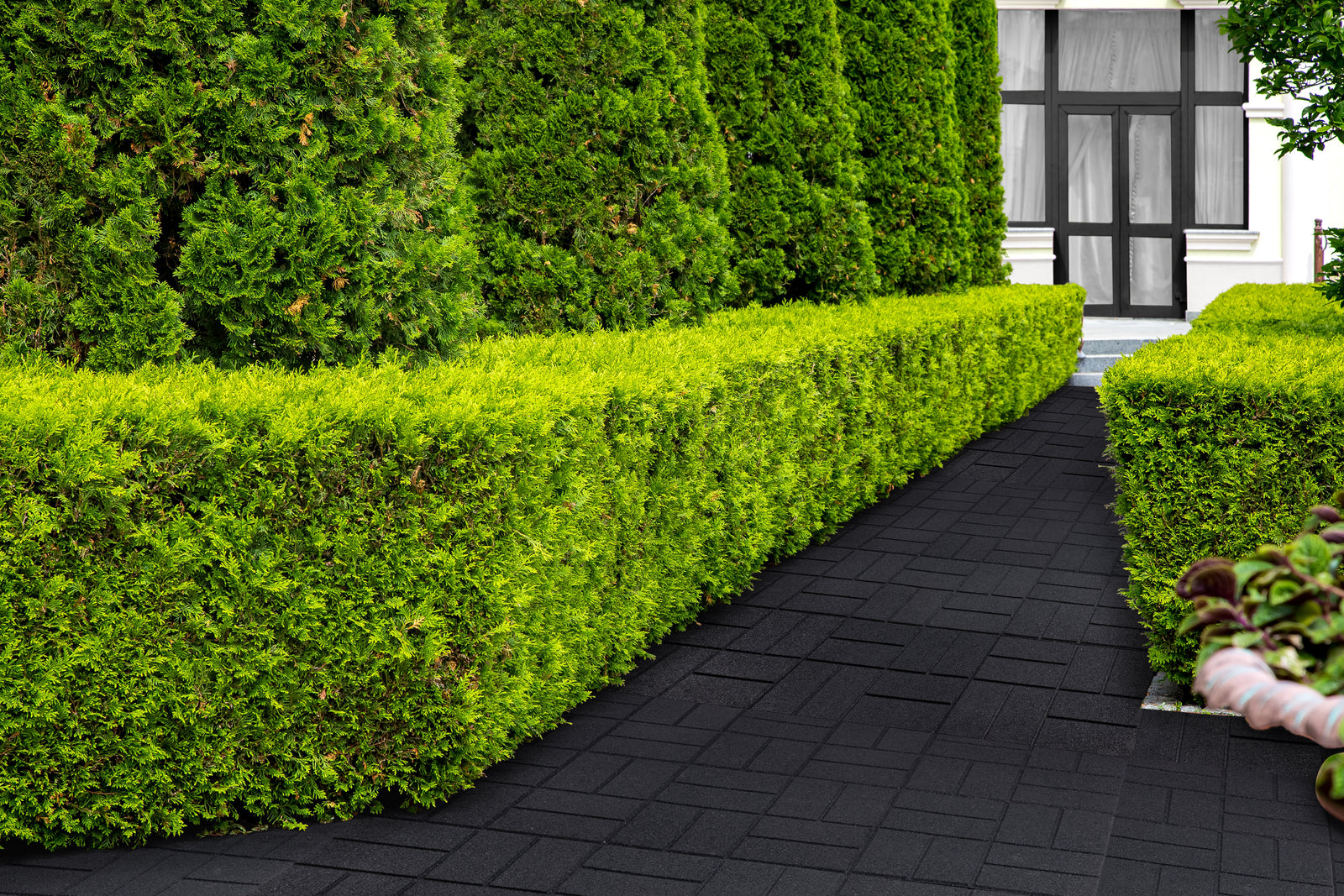June 17, 2025
Embracing Eco-Friendliness by Choosing Rubber Mulch for Your Playground
When setting up a playground, selecting the perfect surface for kids to jump, bounce, and land on is key. If you are like 78% of U.S. consumers, then sustainability will most likely factor into your purchasing decisions. Cost-savings, transparency, and easy availability may also be priorities for you. If so, rubber mulch may just be the perfect match for your needs.
Rubber Mulch Respects the Rs
“Reuse, Recycle, and Reduce” are three main aims when it comes to preserving the health of our planet. Rubber mulch definitely falls within their scope, as it is made from recycled tires, preventing tires from ending up in landfills or tire dumps. Tires are a major source of biodegradable waste. That means they occupy a significant amount of space in landfills. They are also considered fire hazards, are they can be flammable and difficult to extinguish once ignited. As they burn or degrade, they can leach chemicals into the soil, contaminating nearby ecosystems and drinking water sources. In landfills, they can collect rainwater, becoming breeding grounds for mosquitoes and other disease-carrying insects.
Conserving Resources
Unlike organic mulch, which requires the harvesting of wood or bark, rubber mulch helps conserve natural habitats. It boasts many qualities that make it a smart and cost-effective choice, including longevity. That means that once you place it in your playground, chances are, you won’t need to replace it for a long time. Unlike tires, rubber mulch does not decompose, gather rainwater, or attract pests. Quite the contrary! It dries easily, meaning that even in the rainy season, kids can use the playground on sunny days, without having to worry about landing on a soaking surface. Rubber mulch helps battle the greenhouse effect, as it does not emit methane, unlike tires in landfills.
Supporting Skilled Trades in the US
The growing demand for skilled trades in the US is creating new opportunities for environmentally responsible construction and maintenance practices. Thanks to the strength of the real estate market, population growth, and the demand for property upkeep and maintenance, skilled handyman, contractors, and recycling specialists are being given opportunities to achieve success. By recommending rubber mulch for playground projects, they can differentiate themselves in competitive markets and contribute to wider environmental benefits, such as reduced landfill waste, water conservation, and healthier play environments.
Energy Efficiency
Using recycled tires as playground mulch is far more energy-efficient than creating mulch from new resources. For instance, making rubber from natural resources would require the extraction, transportation, and processing of raw resources. Recycling products skips all these energy-intensive steps, as all that is required is for tires to be collected, cleaned, shredded, and processed directly into rubber mulch. Lower energy use means fewer emissions.
Water Conservation
Rubber mulch is non-porous. This means that when it rains, water that collects in playgrounds is easily evaporated, thus aiding in water conservation and supporting healthier surrounding plant life. Rubber mulch also acts as a barrier to weed growth, thus reducing the need for chemical herbicides that can harm local ecosystems.
Better Health for Kids
Nothing is worse for kids than playing in a children’s area and being bitten by insects. Rubber mulch is naturally insect-resistant, which reduces or eliminates the need for insect repellents in playground areas. This material is also resistant to mold and fungal growth, which also reduces or eliminates the need for fungicides and other chemical treatments. If you had any doubts, be assured that the Environmental Protection Agency (EPA) has recognized rubber mulch as a safe material for children to play on.
If you are designing a playground for children and you are looking for options for supportive, soft landing material, rubber mulch is an excellent choice if sustainability is a priority for you. Unlike new material, this mulch is fully recycled, helping to curb greenhouse gas emissions and freeing up space in landfills. Rubber mulch is also non-porous, meaning that in addition to saving energy, it also saves one of our most precious resources: water. It dries quickly even on the rainiest of days, meaning that children don’t have to wait long after the rain stops to begin enjoying their playground space once again.

Also in Rubber Mulch Blog

Effective Mold and Fungi Prevention: The Hidden Value of Rubber Mulch
October 31, 2024

Create Your Own Sensory Path with Rubber Pavers
October 28, 2024

Install Rubber Pavers for a Garden Pathway Makeover!
October 15, 2024
shop
Copyright © 2026 RubberMulch.com - All Rights Reserved.






